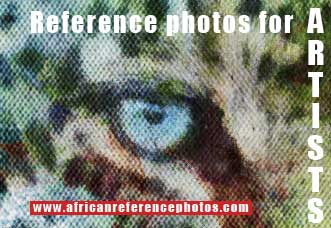Contact Details: Scotch Macaskill, Dirt Road Traders, Currys Post Road, Howick, KwaZulu-Natal, South Africa. Tel: +27 (0)82 578 2329. Privacy: Your privacy is guaranteed. See our Privacy Policy for more. This site accepts advertising and other forms of compensation - see Disclosure and Advertising for details. Site updated: 2022. Copyright © 2002 - 2022 Scotch Macaskill

| |||||||||||||||||||||||||||
| |||||||||||||||||||||||||||
| ALL GALLERIES: |
Mongoose PicturesThe mongoose photos on this page are of two different species - the banded mongoose (Mungos mungo) and dwarf mongoose (Helogale parvula). The banded mongoose shots were all taken while on safari in Botswana's Mashatu Game Reserve, while the photos of the dwarf mongooses were taken in South Africa's Kruger National Park. Banded mongooses are highly gregarious, living in large packs of 35 or more. During the day they head off in a group, foraging for insects like beetles and crickets.
Permitted Uses: See Terms of Use. | ||||||||||||||||||||||||||
|
|
|||||||||||||||||||||||||||
















Comments
Have your say or ask any questions in the comment box below.